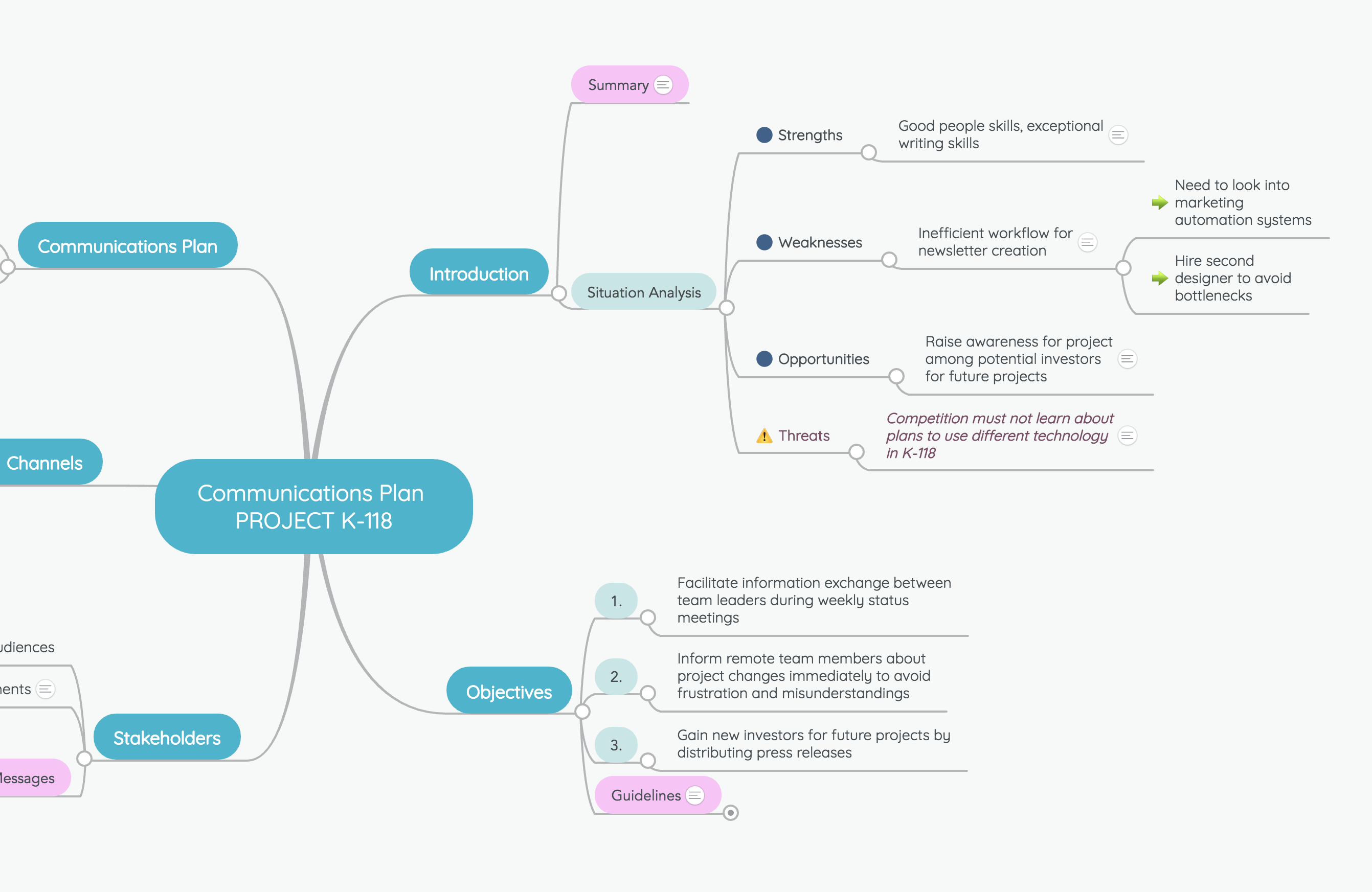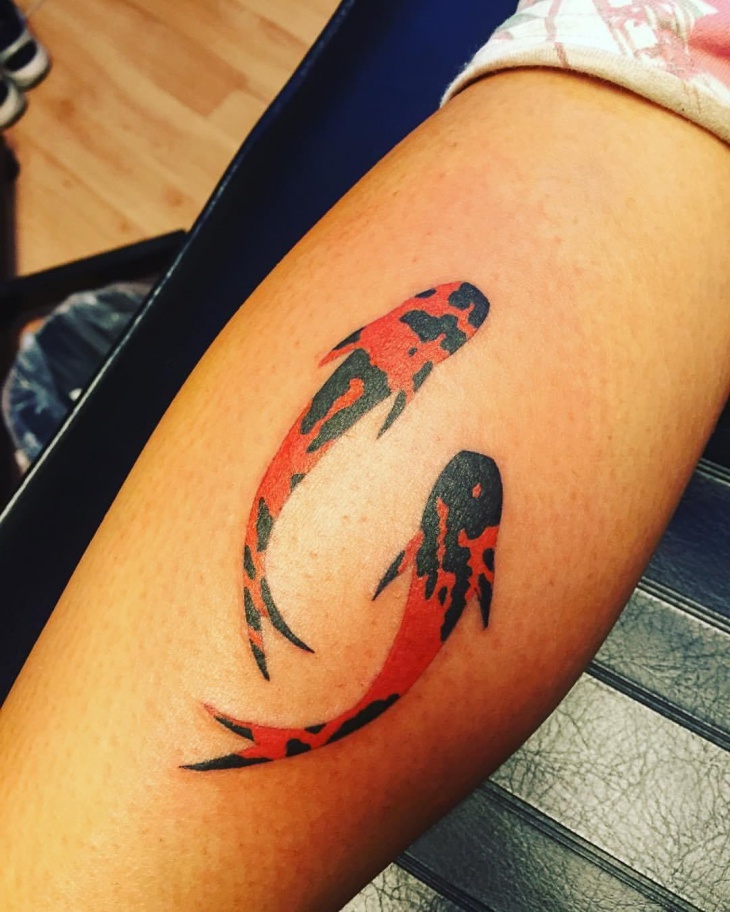Table Of Content

Alignment contributes to a sense of order and cohesion in design communication. Elements are aligned along a common axis, resulting in a neat and organized appearance. Proper alignment enhances readability, structure, and overall visual appeal, ensuring that the communicated content is presented in a visually pleasing and well-organized manner. During this process, you'll have to decide how much room your organization has to incorporate the new company's elements to help unite the two companies.
DDSN 311 Digital Layout I
One of a core series of Design Communications courses that focuses on the development of a professional-level design portfolio. Projects include publication design, website design and introduction to visual rhetoric. This course requires proficiency in working with and combining raster-based and vector-based digital imagery. A communication designer understands how to take these elements and utilize them to convey a specific mood. From color to font to layout to language, every design choice will make an impact on the company brand. You'll not only learn the tools of graphic design, but how to think strategically and develop the visual literacy needed to thrive in a professional setting.
Animation (ANIM) Courses

Students will explore theory and processes involved in designing various types of websites using an industry-standard content management system (CMS). Students will be required to have or purchase web hosting and a domain name ($50-$75). This course is an introduction to graphic design principles related to page layout, composition, and electronic publishing, utilizing an industry-standard software. Design communication is creating and conveying messages through visual and textual content. It involves understanding audience needs and preferences and crafting content that meets those needs engagingly and effectively.
Accepting most industry formats and internet protocols keeps us ahead of our competition
The Design Communication Arts (DCA) certificate can be completed online or in the classroom. Before starting any design project, have a thorough understanding of the message or information you need to convey. Whether it’s promoting a product, explaining a concept, or delivering information, clarity on the message is the foundation of effective design communication. The principle of simplicity prevents information overload and enhances the user experience in the design process. Designers achieve simplicity by avoiding unnecessary complexity and streamlining design elements to convey the message concisely. This approach ensures that the audience can quickly grasp the intended information without feeling overwhelmed, promoting clarity and engagement.
The UC application opens August 1, and the regular filing period is October 1 - November 30. Please note that only applicants who indicate Design Media Arts as their first choice major to UCLA on the general application are considered for admission to the Design Media Arts. Work one-on-one with an instructor who guides your development of a meaningful project geared toward a portfolio piece, design competition, freelance assignment, or other advanced goal. Begin the transition from student to professional designer with an internship in a real world setting.
Animation and Modeling Certificate
Communication designers increasingly collaborate with other fields to help meet human needs. Are you considering becoming a graphic designer but want to be working online? The Apple logo is also an excellent example of effective design communication. The logo, which features a bitten apple, is simple yet memorable, and it has helped to make Apple one of the most successful companies in the world. The logo is so effective that it is often used on its own, without any other words or graphics.
Web Design and Development Basics
Automatic design of stigmergy-based behaviours for robot swarms Communications Engineering - Nature.com
Automatic design of stigmergy-based behaviours for robot swarms Communications Engineering.
Posted: Wed, 14 Feb 2024 08:00:00 GMT [source]
Examine the transformational role of communication and media in our globalizing world from two media capitals — London and Los Angeles — while earning master’s degrees from USC and the London School of Economics. Become a leader who understands the evolving media landscape, makes ethical, data-informed decisions and builds a more equitable future by managing diverse teams. This course explores visual art and architecture across many cultures and geographies from the early modern period to the present day. Visual analysis of forms, techniques, styles, subjects and symbolism frame global narratives and cross-cultural connections within a chronological overview.
GAME 295 Independent Studies in Game Design
Establish a visual hierarchy that prioritizes key information, making it easier for the audience to understand and navigate the content. Emphasis is crucial for guiding attention to key elements within a design. Designers use techniques such as contrast, color, and size to emphasize specific elements, directing the viewer’s focus. This principle ensures that critical information or focal points stand out within the overall design, enhancing the impact of the communicated message.
ANIM 495 Independent Studies in Animation
Students who would like to change their major to add Design Media Arts as a major must attend a mandatory information sessions on one of the dates listed below. The undergraduate curriculum begins with a series of foundational courses in preparation for the major, and moves into core upper-division classes which comprise the major itself. While no other type of test score is accepted in general, students who are affected by test center closures may request an exception to submit an alternate test score. Our course curriculum is developed in cooperation with UCLA’s Department of Design Media Arts (DMA). To apply to any of our Master's, Doctoral, Professional Studies Diploma, and Graduate Certificate programs, complete and submit the New School Online Application.
Students also have opportunities to further develop in specific areas of interest (including graphic design, interaction design, and motion design). The term visual communication is largely interchangeable with communication design and is, again, about strategically telling a story to an audience. If a communication designer was working on a billboard, they could use keywords, graphics, and design choices to visually communicate a specific message to the audience as they drive by.
Their skills in animation software and storytelling through motion contribute to dynamic and engaging visual communication. Communication strategists take a holistic approach to design communication, developing comprehensive plans that integrate various design elements to convey messages effectively. Their role involves strategic thinking, market research, and aligning design with broader communication goals.
Compelling presentations result in getting buy-in from clients quicker, resulting in shorter project timelines and typically fewer revisions overall. A designer that can ramp up quickly on a new project while still delivering high-quality work is worth their weight in gold. This may seem counterintuitive, but it’s important to remember that effective communication is a two-way street. To truly understand what another person is trying to say, you need to be an active listener. That means not only hearing their words but also paying attention to their tone of voice and body language.
Understanding HTML and CSS basics is valuable for communication designers, especially when working on web projects. This knowledge allows designers to collaborate effectively with developers and ensures designs are implemented as intended. Mastery of Adobe’s suite, including Photoshop, Illustrator, and InDesign, is a cornerstone for communication designers. These tools are industry standards for image editing, vector graphics, and layout design. In summary, while graphic design focuses on visually appealing and communicative designs, visual communication takes a broader approach by considering a variety of visual elements.

Those who work in communication design may work in fields like branding, advertising, or web and app design. Their job isn’t just about the craft of creating stunning graphics, but about realizing the power of what their work can communicate and then using that to its fullest extent. If a graphic designer was hired to handle one visual element, a communication designer would be hired to both create visuals and to handle communicating a company’s message to their audience. It can also range from changing behaviors, to promoting a message, to disseminating information.
In the complex digital environment around us, communication design has become a powerful means of reaching out to the target audiences. Therefore, it expands its focus beyond user-experiences to user-networks.[8] Students learn how to combine communication with art and technology. The communication design discipline involves teaching how to design web pages, video games, animation, motion graphics, and more. In this program, students will study the art, technology, science, and design principles for the creation and development of video games. This program emphasizes the understanding and the interdisciplinary nature of video game design, production, and delivery. In this course, career-minded students will explore advanced concepts of website communications, applying human-centered design principles to improve interactive features.
You must first be admitted to Belmont before hearing a decision from Watkins. Portfolios submitted before December 1 will be considered for the Watkins Merit Scholarships. Any applications submitted after December 1 will be considered for admission, but not for departmental scholarships. Are you interested in becoming a graphic designer but don't know where to start?

No comments:
Post a Comment